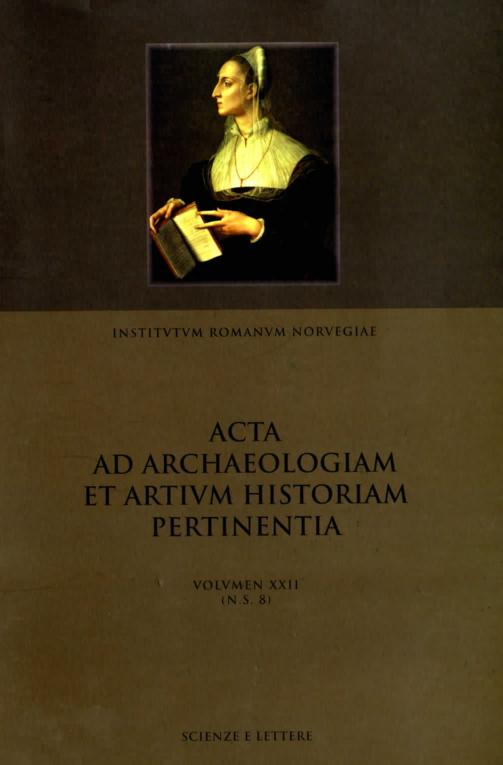This paper will examine several categories of women – wives, widows, rulers, single women – from various regions across Italy to survive the evidence in a comparative format to see just what women were capable of in terms of domestic architecture. Rather
DOI:
https://doi.org/10.5617/acta.5761Sammendrag
Caterina Sforza (1462/3-1509) was famous during her lifetime because of her twelve-year regency over her husbands' territories in the Romagna region of Italy after his assassination. Scholars have focused on her political maneuverings and bold sexuality, but Sforza’s patronage and collecting were integral parts of her statecraft and merit further attention. Careful analysis of the surviving artifacts, combined with information culled from archival sources, reveals that Sforza, like her elite peers, was an astute patron and collector despite financial limitations. She updated fortresses and made key improvements to her subject cities, projects that demonstrated her beneficence as ruler. She also refurbished her residence to make it reflect the proper character of a prince and express humanist notions of magnificence and splendor. Always in need of more money, Sforza on occasion sought out workshops that championed cost-effective serial production and called on community support for some of the religious projects she initiated.Hvordan referere
De Vries, J. (2017) «This paper will examine several categories of women – wives, widows, rulers, single women – from various regions across Italy to survive the evidence in a comparative format to see just what women were capable of in terms of domestic architecture. Rather», Acta ad archaeologiam et artium historiam pertinentia, 22(8 N.S.), s. 193–210. doi: 10.5617/acta.5761.
Utgave
Seksjon
Articles
Lisens

This work is licensed under a Creative Commons Attribution-NonCommercial 4.0 International License.
Authors who publish with this journal agree to the following terms:
- Authors retain copyright and grant the journal right of first publication with the work simultaneously licensed under a Creative Commons Attribution License that allows others to share the work with an acknowledgment of the work's authorship and initial publication in this journal.
- Authors are able to enter into separate, additional contractual arrangements for the non-exclusive distribution of the journal's published version of the work (e.g., post it to an institutional repository or publish it in a book), with an acknowledgement of its initial publication in this journal.
- Authors are permitted and encouraged to post their work online (e.g., in institutional repositories or on their website) prior to and during the submission process, as it can lead to productive exchanges, as well as earlier and greater citation of published work (See The Effect of Open Access).





